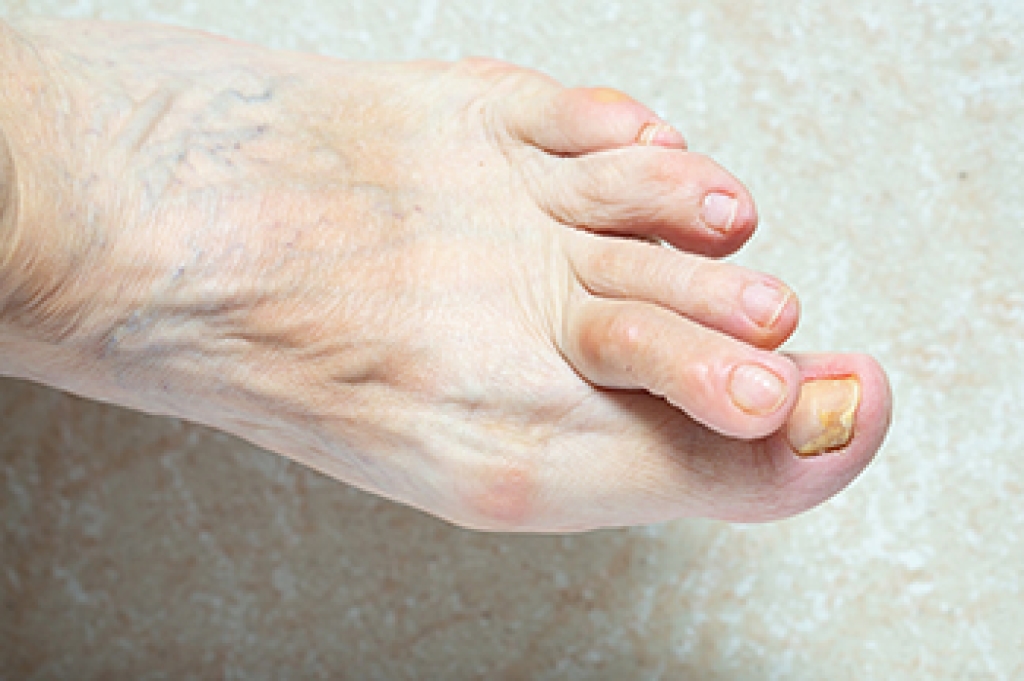
Your toes help you move and keep your balance. The toes can also be prone to injuries and deformities as a result of trauma and repeated stress. A hammertoe is one of the most common deformities of the forefoot. This foot condition happens when a toe is stuck in a bent position at the middle joint and the top of the toe is bent forward, resembling a hammer. The joints in your toes allow each toe to bend forward, which is known as flexing. If you have a hammertoe, you may experience pain, and it can be difficult to walk. There can be swelling and redness, and a callus may form on the parts of the toe that rub against the shoe. Risk factors of developing a hammertoe include having flat feet or longer bones in the middle of your feet, bunions, or certain medical conditions such as diabetes. Additionally, wearing shoes that put pressure on the tips of the toes may cause a hammertoe to develop. Early treatment is important while the toe joint is still flexible. Wearing well-fitting shoes, and performing toe exercises to build the strength of the small muscles on the bottom of the foot may bring mild relief. If you have a hammertoe, it is suggested that you make an appointment with a chiropodist who can determine what the right treatment is for you.
Hammertoe is a common foot deformity in which one or more of the small toes bends downwards at the middle joint. Though it may seem like a purely cosmetic issue, this is not the case. Hammertoes can be uncomfortable, painful, and even debilitating in severe cases. If you suffer from hammertoe, please consult with one of the specialists from Thornhill Foot Clinic. Our chiropodists can help you maintain the health of your lower limbs and your mobility.
Symptoms
- One or more small toes bending downward at the middle joint
- Pain or irritation on the affected toes
- Corns and calluses
- Inflammation
- Redness
- Stiff toe joints
- Sores on the tops of the toes
Diagnosis
A chiropodist can typically diagnose hammertoes through physical examination. X-rays may need to be taken to see the extent of the damage.
Treatment
Hammertoes tend to progressively worsen with time, so getting prompt treatment is very important. In its early stages, the progression of hammertoe can be slowed down or stopped. Your chiropodist may suggest changes in your footwear. Wearing wide, comfortable shoes with a larger toe area and a low heel can help you avoid putting pressure on your toes. You may also be prescribed orthotics. Over-the-counter medications or corticosteroid injections may be used to relieve pain. If you have any corns or calluses, your chiropodist may suggest padding them to avoid further irritation. In advanced cases, surgery may be suggested.
If you have any questions, please feel free to contact our office located in . We offer the newest diagnostic and treatment technologies for all your foot care needs.
